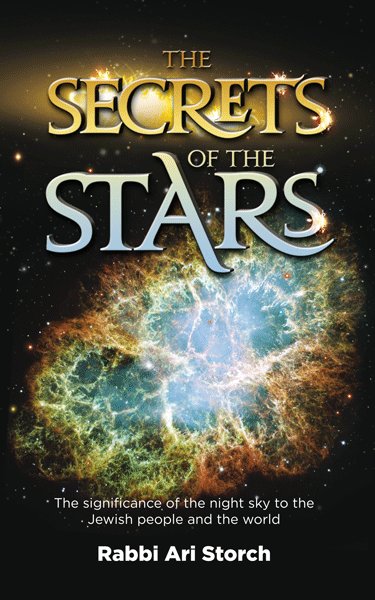The ancients saw the sky as comprised of 48 constellations and 7 planets (the sun, moon, Mercury, Venus, Mars, Jupiter, and Saturn). Of the 48 constellations, 12 were given more significant status and are considered to be the primary constellations. These are the twelve signs of the zodiac. All of nature was considered to be influenced by all these factors.
For example, the week is comprised of seven days and each one is assigned a different planet as its representative. (Ibn Ezra Reishis Chachma 4; also see Rashi Berachos 59b) The world is also considered to be divided into 7 major regions. Eretz Yisrael is considered to be the center of these. Rabbeinu Bachye references this when discussing the order in which the Shevatim are listed in the beginning of this week's Parsha. The Shevatim are listed as: Reuven, Shimon, Levi, Yehuda, Yissachar, Zevulun, and Binyamin. Rabbeinu Bachye points out that Binyamin is out of place in this list. As the last born he should be after his older brother Yosef. Rather, he is chosen to be the seventh in this order because the Beis HaMikdash was destined to be in his portion of Eretz Yisrael. Just as Eretz Yisrael is the seventh region of the world, so too, Binyamin is listed as number seven. Rabbeinu Bachye then asks how Eretz Yisrael can be considered to be the seventh since it is the middle region and must therefore be considered to be the fourth of seven. To this he responds that it is comparable to Shabbos. Shabbos is listed as the seventh day of the week in the manner in which we talk. However, Shabbos is sometimes referred to as being the central day of the week. From Wednesday on we focus on the coming Shabbos, and through the following Tuesday we are still feeling the holiness of the previous. Thus, although it is perceived as the middle and central day, it is also numbered as seven. So too, Eretz Yisrael is the middle and central portion of the world, but it is also number seven. (Rabbeinu Bachye Shemos 1:2-3)
Moshe Rabbeinu was also numbered seven if one thinks about it. If one follows the generations from Avraham Avinu, Moshe was the seventh. The list is: Avraham, Yitzchak, Yaakov, Levi, Kehas, Amram, and Moshe. He was born on the seventh day of the month (interestingly enough it was of the twelfth month, see later in this post about the symbolism of twelve). It is of note, that his natural birthdate should not have been 7 Adar, rather, he was born prematurely. His natural birthdate would have been 6 Sivan (the day upon which Hashem gave us the Torah years later). (See Rabbeinu Bachye Shemos 2:2) All these number sevens seem to show the culmination and completion of world and a representation of a more perfected state.
The number twelve also shows completion of the natural order of events. There are twelve months and twelve Shevatim. Chazal compare the 12 Shevatim to the 12 mazalos. (See Pesikta Zutrasa Shemos 1:2 as an example) In Moshe's prophetic vision in the Parsha, Hashem tells him, "This is my name eternally, etc." (Shemos 3:15) Rabbeinu Bachye points out that the numerical value for the Hebrew for "this" is equal to 12. Hashem was teaching Moshe some deep understandings of His name. Kabbalistically one can take the four letter name of Hashem and rearrange it in 12 different fashions. (See Shaarei Orah of Rabbeinu Yosef Gikatilla and Bnai Yisaschar who assign a different configuration to each month/mazal of the year). If one puts all the configurations together he will have a total of 48 letters and this is considered to be the 48 lettered name of Hashem. (Rabbeinu Bachye Shemos 3:15) How fascinating that Hashem encoded the way this world works to also have 12 primary constellations, but to also have a total of 48 when viewing the sky as a whole.
Subscribe to:
Post Comments (Atom)


2 comments:
Interesting, with the #48...
Is there any way you can list which shevet was associated with which constellation?
Thanks
Thank you. Yes, there are actually a few ways to determine which shevet is associated with each constellation. Chazal mention three different arrangements based on either the birth order of the shevatim, the order in which the nesi'im offered their sacrifices, or a method based on how they camped in the Wilderness. There is a fourth method based on the Brachos of Yaakov. Unfortunately it would take a very long time to go through each one, but I can tell you that each method displays a vital perspective to understanding the shevatim and these methods are complimentary and do not argue. I spend about 4 chapters in my recent book, The Secrets of the Stars, going through them in detail.
Post a Comment